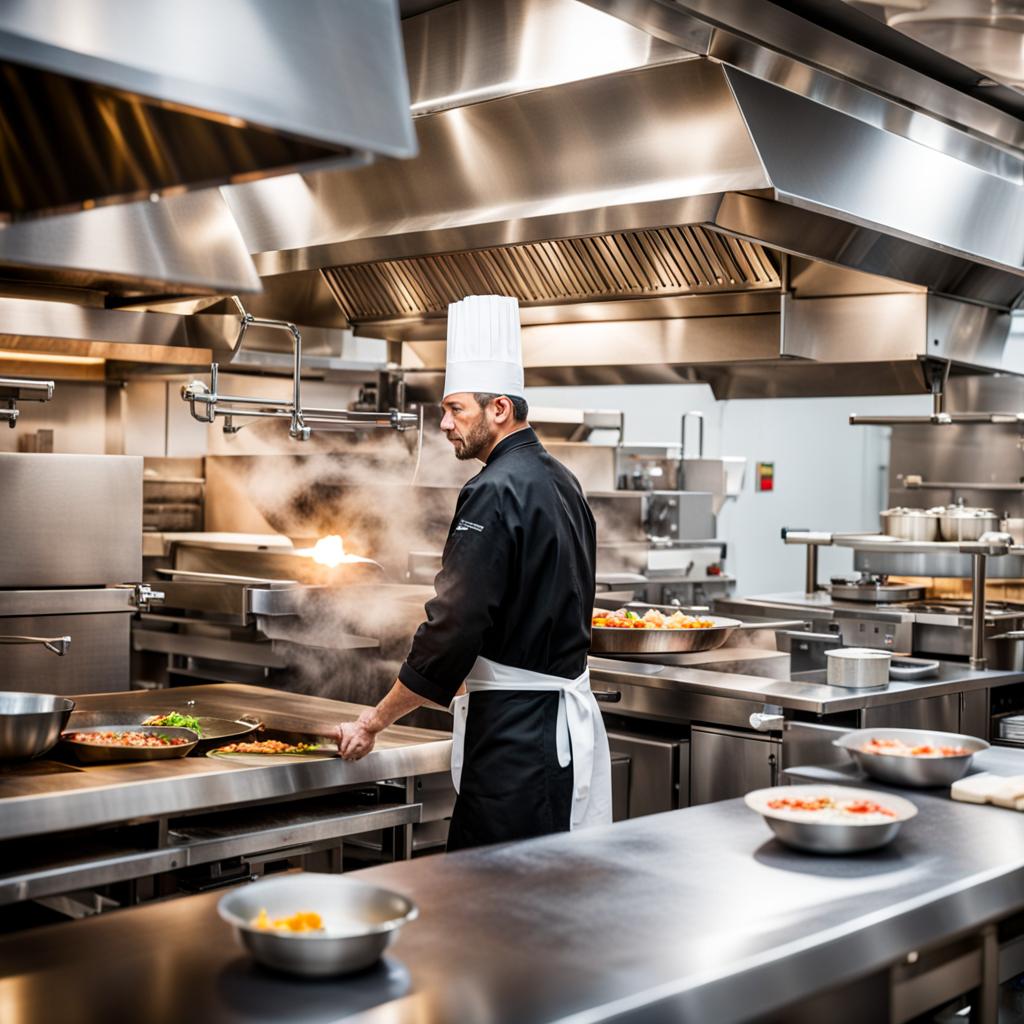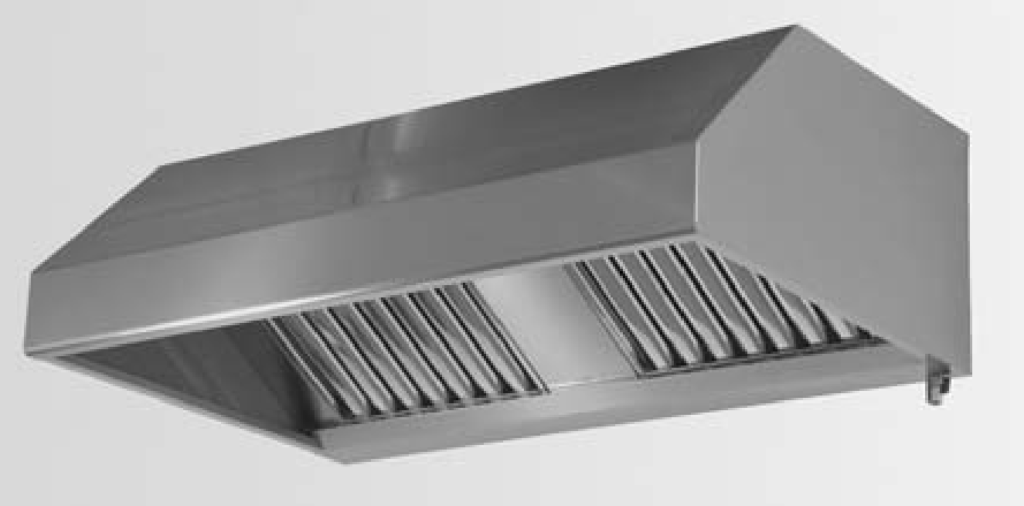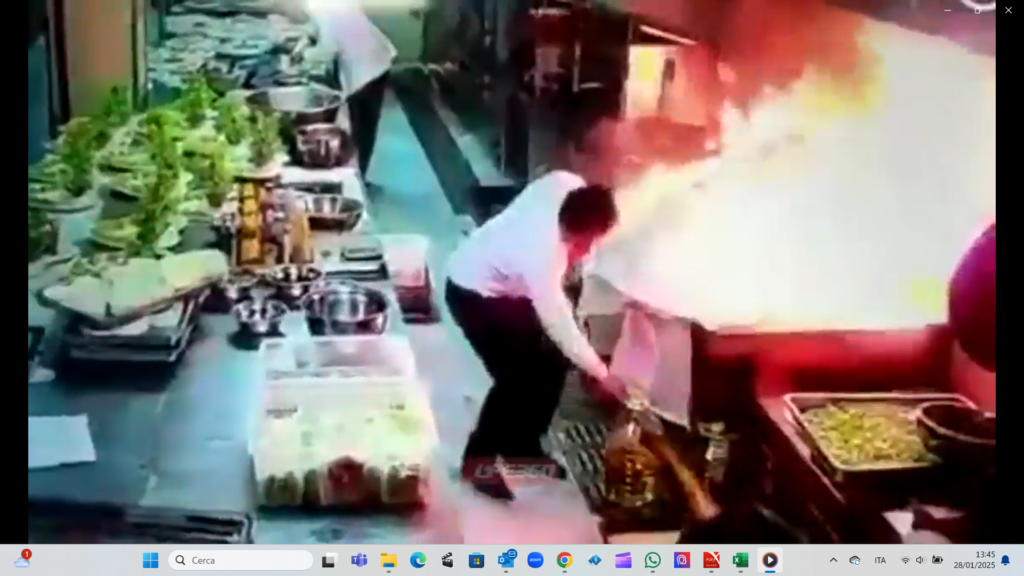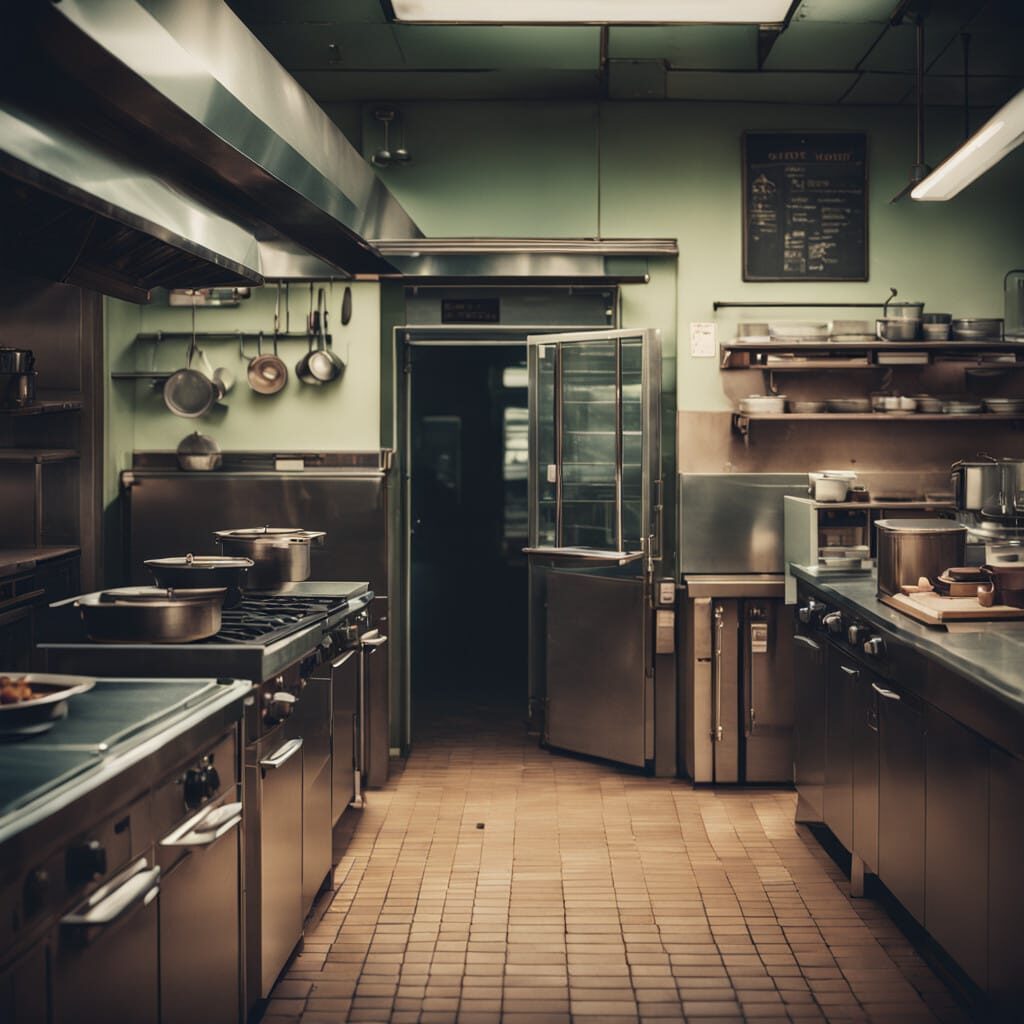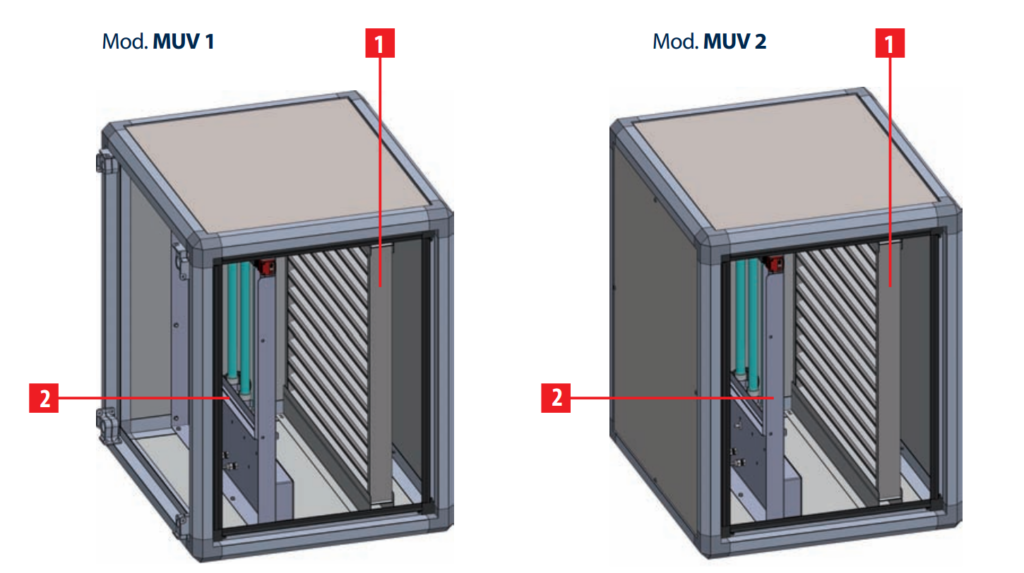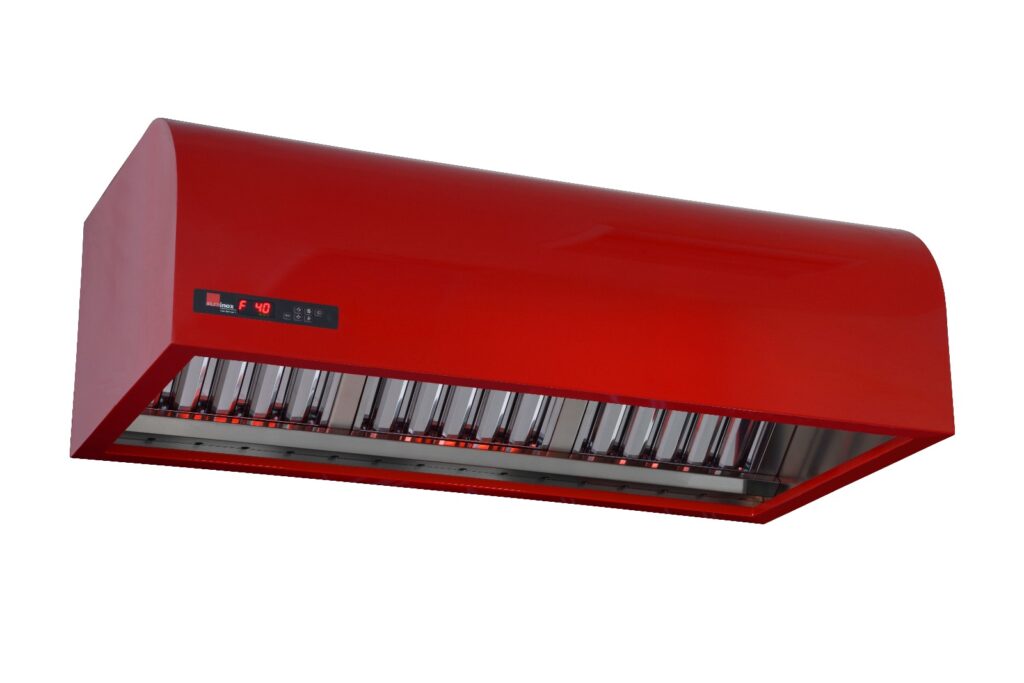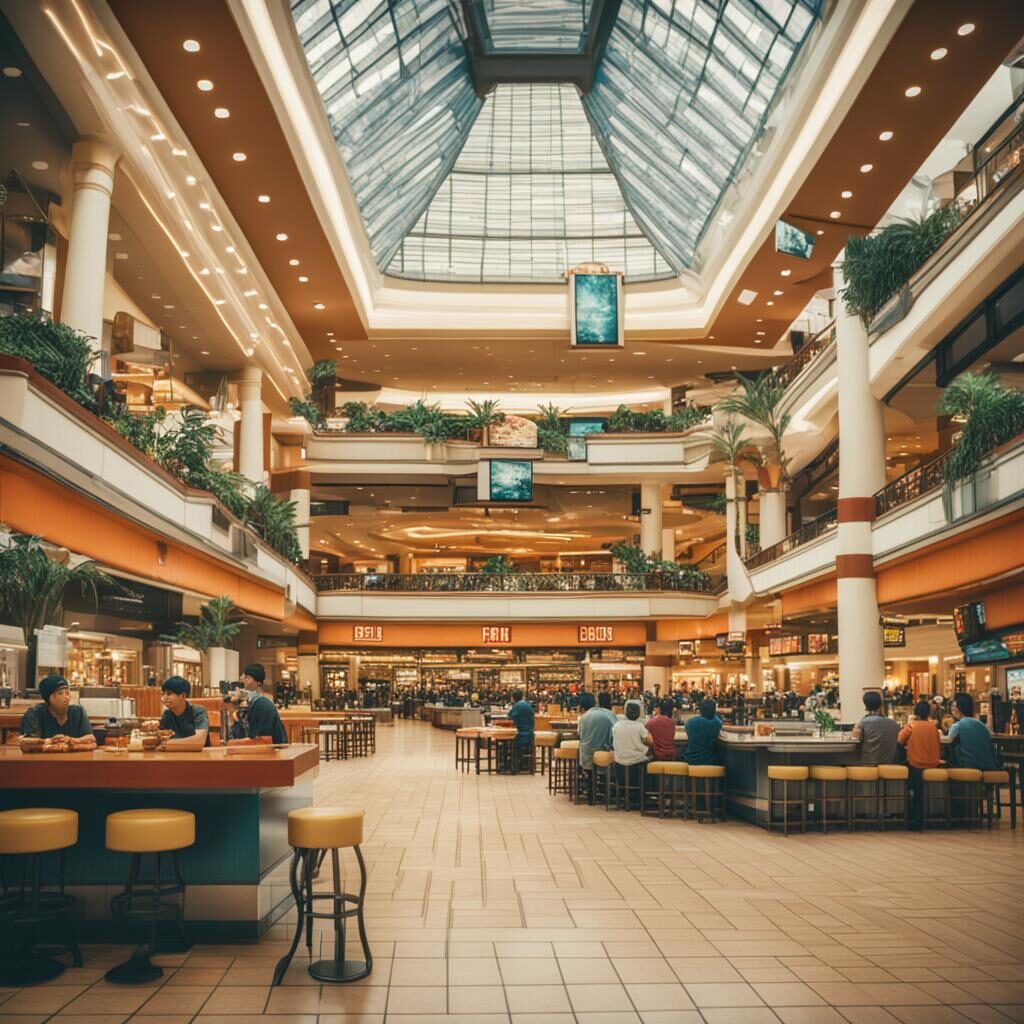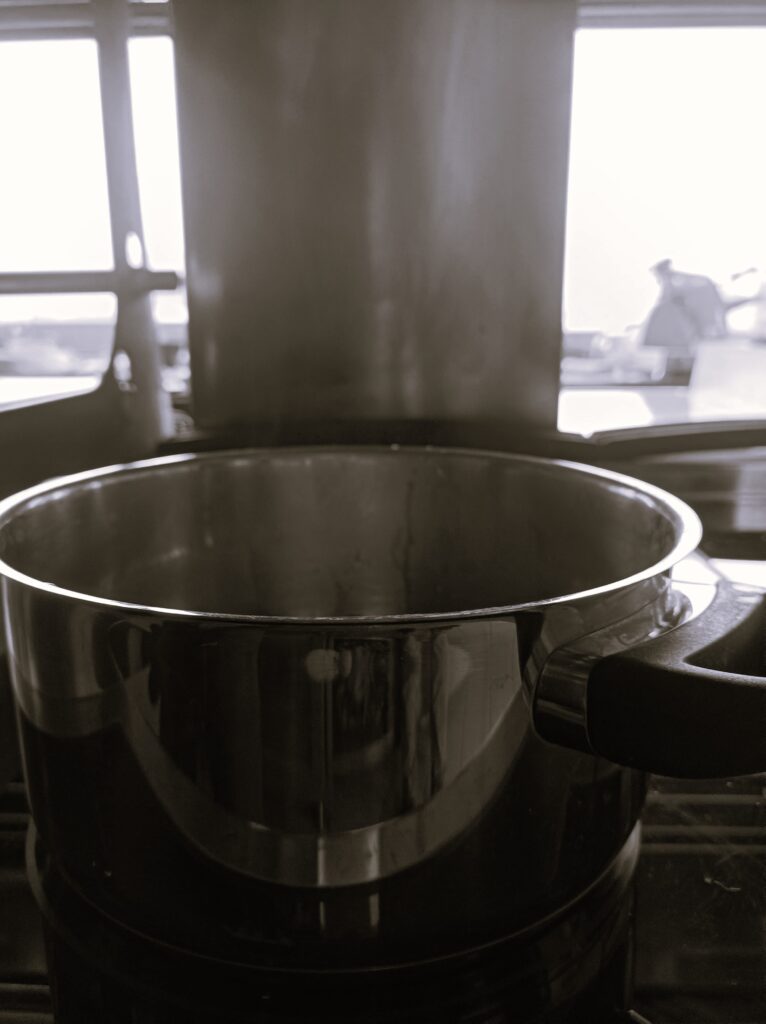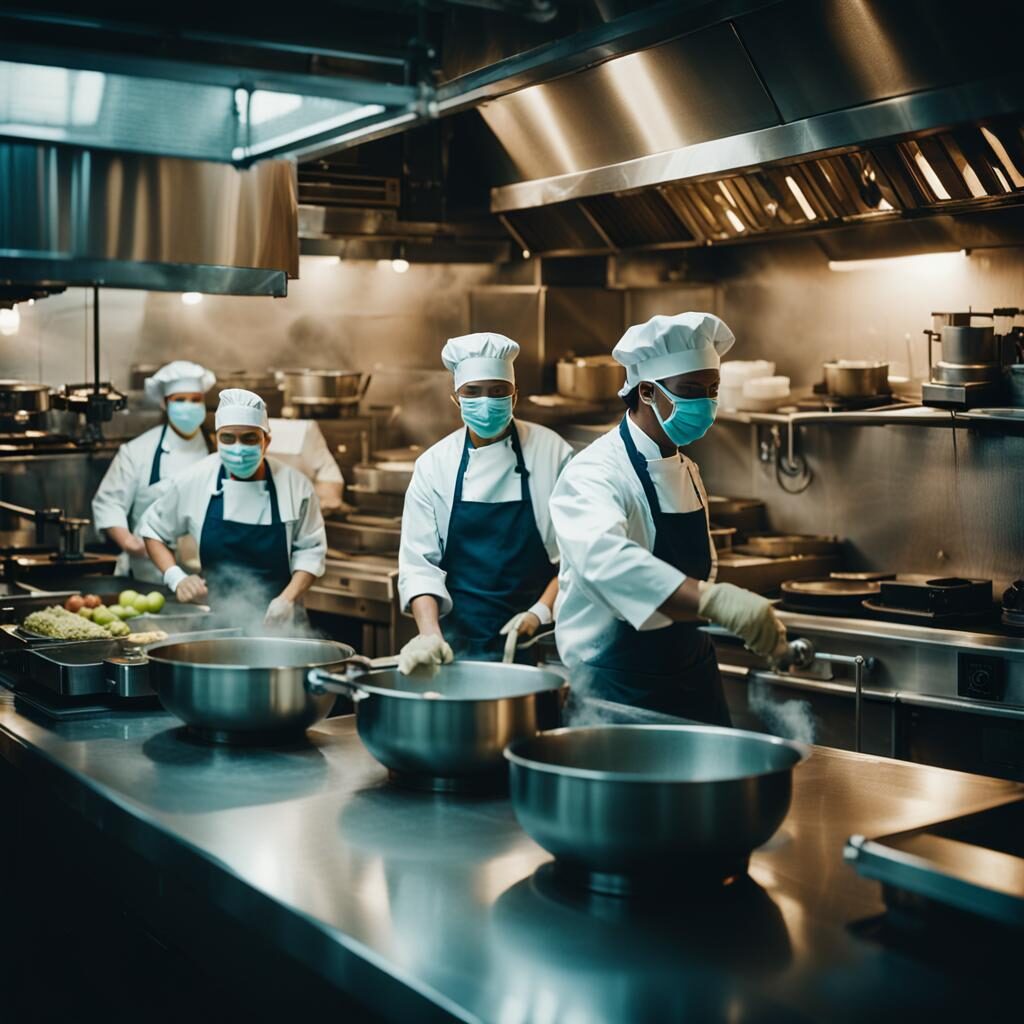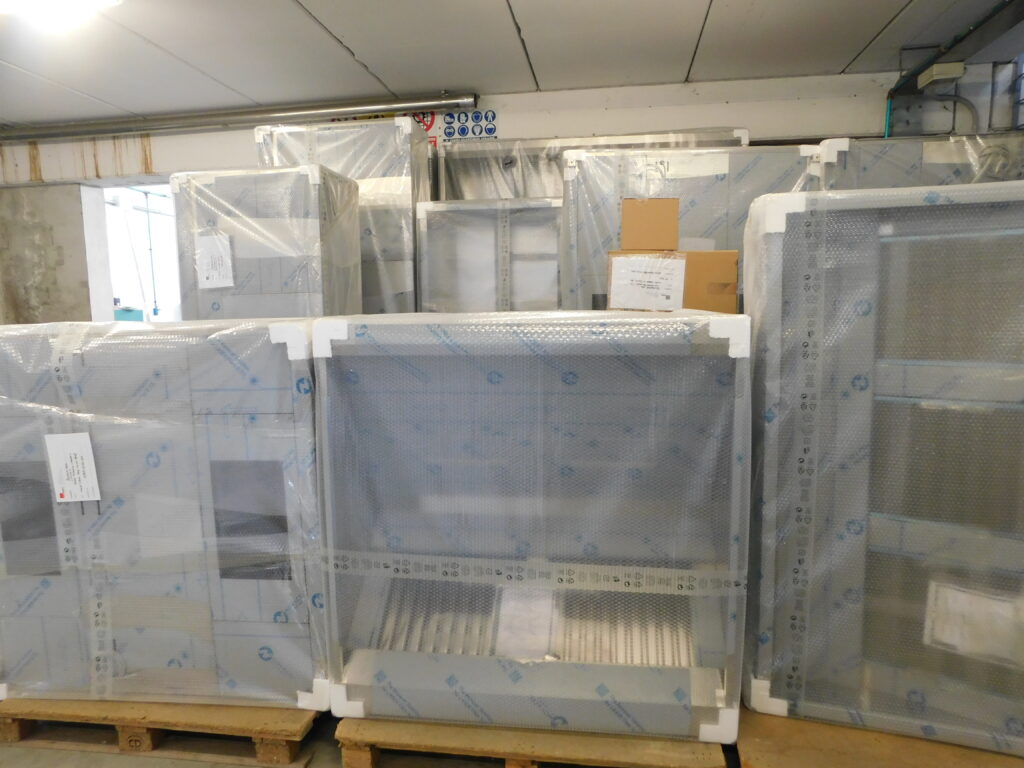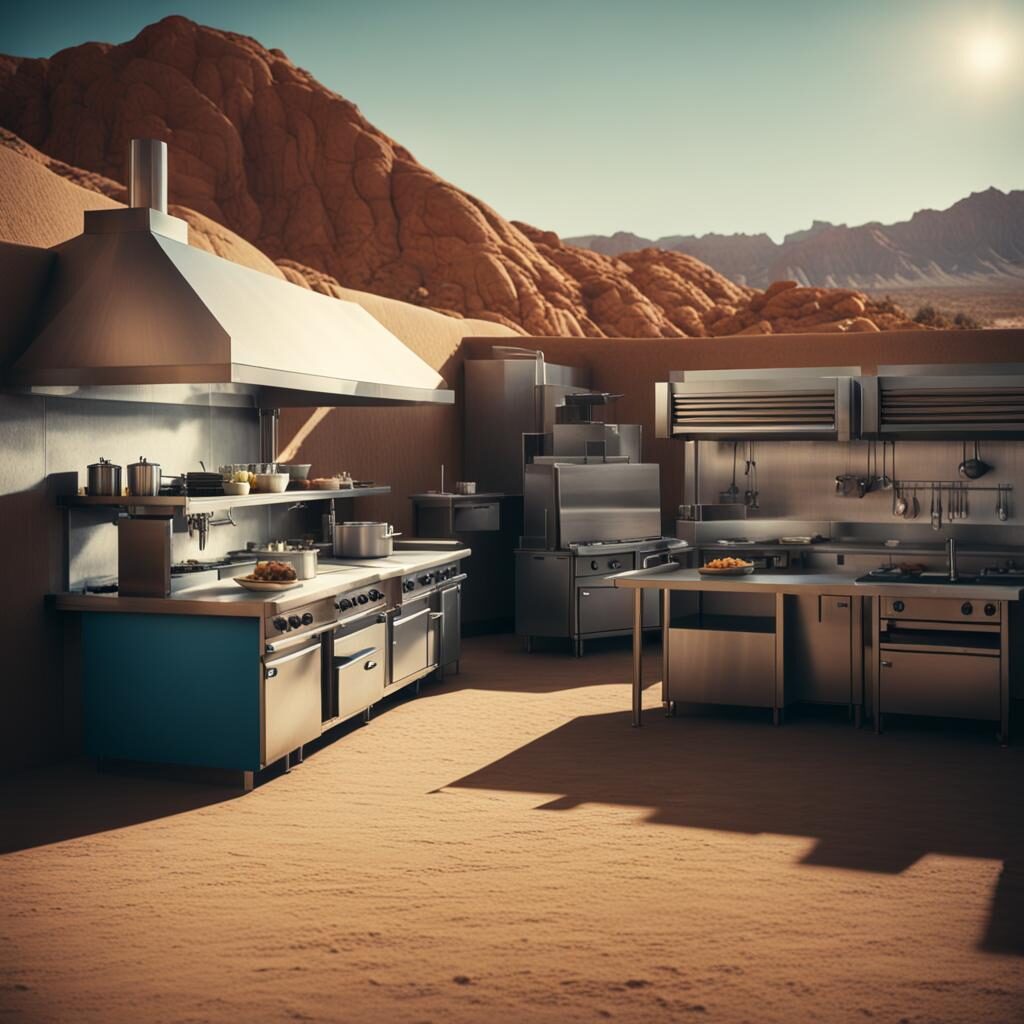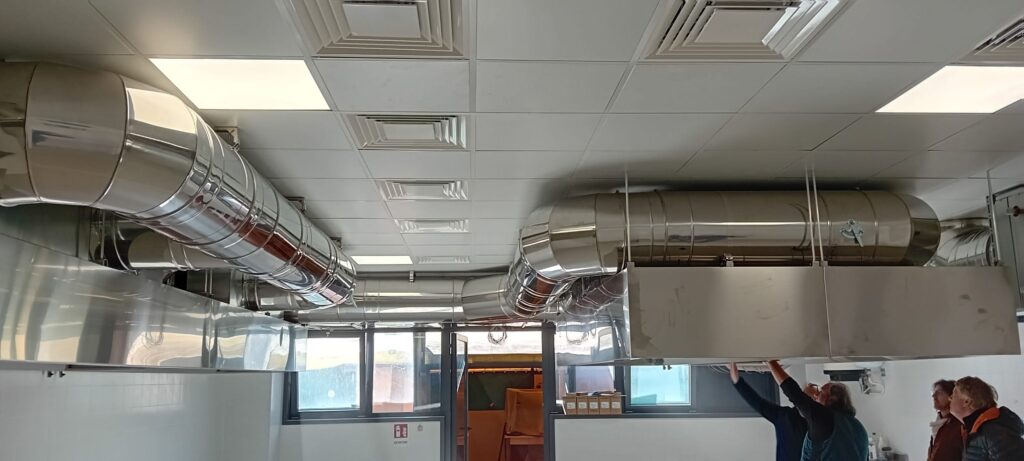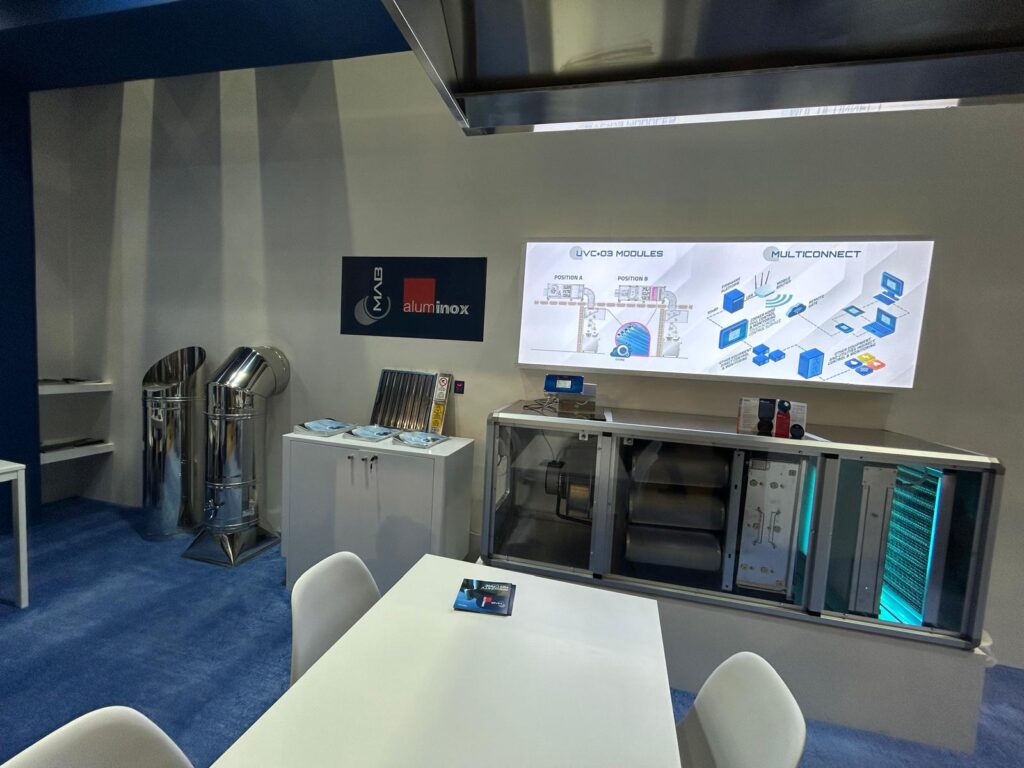Imagine a medieval castle or a fortified city.
Picture those deep moats running along their entire circumference, as protection from enemy incursions.
Here, in the case of compensated hoods, with make-up air systems, even the kitchen of a restaurant has its own moat.
Although its purpose is more to protect what is outside…
This protection is given by the difference in air pressure that is left in the kitchen compared to the surrounding environment.
This is done with the aim of not allowing cooking fumes and related odours to “escape” into the rooms where the diners sit.
And prevent heat from entering (or exiting, depending on the season).
Therefore, with the re-injection of make-up air, the kitchen is left under depression compared to the surrounding rooms, to create that “moat” that allows us to go to dinner without having to stink up our hair and clothes.
How much negative pressure?
There is no universal rule.
Normally the guidelines recommend re-entering the 60% of the air is extracted in the hood, and 30% in an air-conditioned environment, thus creating a negative pressure of approximately 10%.
Approximately. I can’t stretch this enough.
Better not more than this or a depression will be created such that muscles will be needed to be able to open the doors. And don’t go under the hood wearing a toupee…

 Italiano
Italiano
